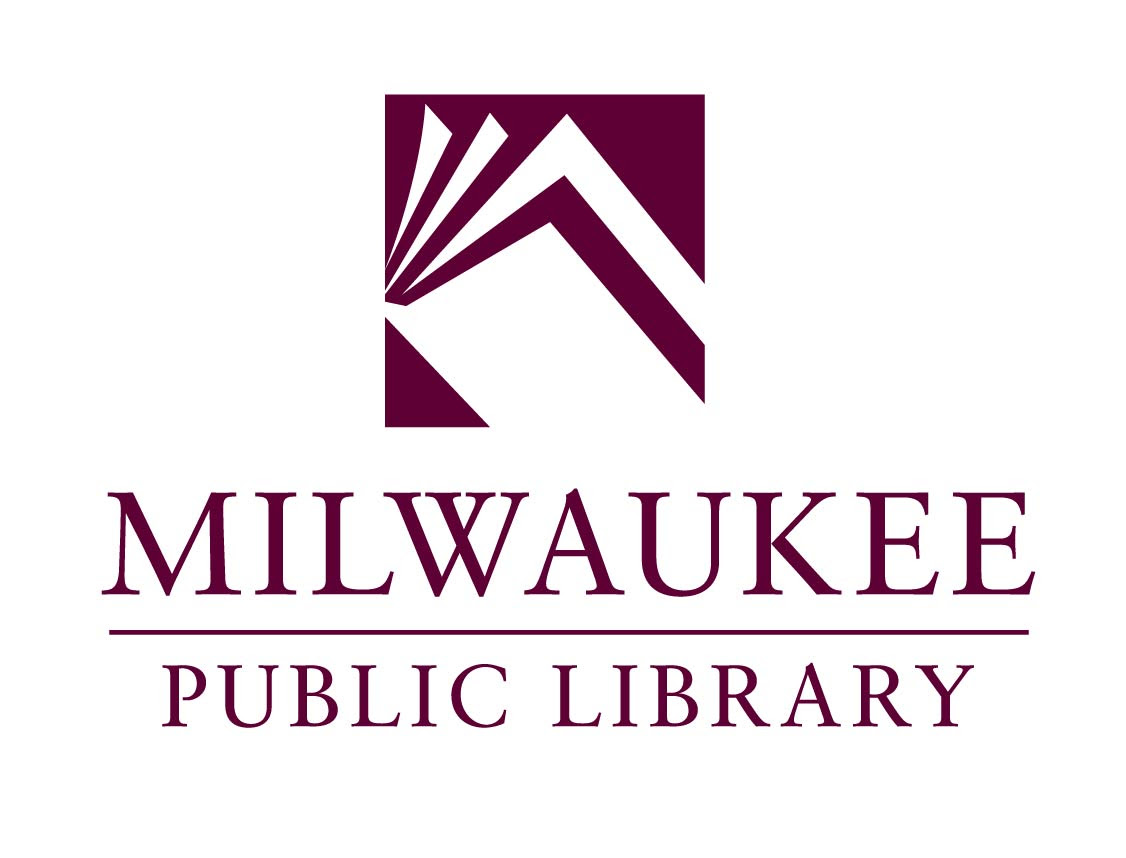Poetic Correspondence
Prompts Against Anxiety #28 | from the poet Eric Baus. He is the author of How I Became a Hum (Octopus Books, 2019), The Tranquilized Tongue (City Lights, 2014), Tuned Droves (Octopus, 2009), and The To Sound (Wave Books, 2004).

To find a form that accommodates the mess, that is the task of the artist now.
–Samuel Beckett
The form of the letter invites us to re-envision ourselves and the world via intimate address. It allows us to bring the unknown a little closer and to breathe new life into the seemingly familiar, which always makes me feel more open and less anxious. Letters are immediately accessible while also providing ample space for nuanced thought and complex conversation.
The letter poem may act as an enabling constraint. It can create a flickering frame, a simple structure for thinking and speaking that establishes connections and provisional boundaries. It implies relationships. It functions as a site of expression but also as a tool for discovery.
The poetic letter can hybridize genres, sometimes developing a narrative, other times engaging the lyric fragment or a striking image. It creates a dialogue between presence and absence. It can create a place to inhabit and to explore one’s own thought patterns. I also think of the letter as a form that can embrace vulnerability and uncertainty. Writing “Dear ___” is a way of moving toward something or someone. It can lead to an embrace, a confrontation, or both.
As Ron Padgett writes in The Teachers and Writers Handbook of Poetic Forms:
“In a poem, anything can happen, so you don’t have to limit yourself to letters you might normally write. You can write epistles to a grandmother who died, to your dog or cat, to a cactus, a cloud, or a baseball glove. The trick is just to keep in mind who or what you are writing to and what they might be interested in.”
Exercise part 1: Make a list of people, living or dead, known or unknown to you, famous, infamous, or anonymous, that you would consider an addressee for a letter poem. Generate as many possibilities as you can in five minutes. NOTE: Fiction/non-fiction writers might consider adding to this list a character/person from a current writing project.
Exercise part 2: Pick one of the people from the list that you generated, address them “Dear _______” and write them a letter. It’s okay if it’s messy. It’s okay if it jumps around. Just write as much as you can. This can be an early version of something you will work more on later
FOLLOW-UP QUESTIONS FOR YOUR LETTER
- Is the addressee a real person? Is the addressee an object or an idea?
- Is the speaker/writer of the letter closely identified with the author or is it a persona?
- Is the letter signed or is it left blank?
- Are line breaks used or does it function as a prose poem, paying attention to the music of syntax within the sentence?
- To what extent is sound emphasized?
- Is a single, consistent subject or argument present?
- If the subjects are multiple/transitory, how smooth or jagged are the transitions?
- Does the letter imply a larger correspondence or series?
- How much closure is achieved by the end of the poem? What is left unwritten?
You can use these questions to try different combinations of approaches to the letter poem.
MUSIC, REPETITION, AND TRANSFORMATION
Here are a couple of recordings that emphasize sonic play and musical repetition and variation within the letter form:
Michael Gizzi, "Dear Double Jehovah"
Ange Mlinko, "Classical Music"
In Gizzi’s poem, the sounds of words themselves become the subject of the letter. However, there are occasionally more direct moments such as “Absence finds a way of being there.” Gizzi is a good poet to look at for the range of his vocabulary. Part of the pleasure of the poem is the way that his sounds and ideas collide against one another, clanging and mutating. Mlinko’s poem oscillates between several addressees, so much so that the repetitions of the salutation become a form of music. Here, the somewhat stable formal framework implied by the letter becomes a jumping off point. These poems value the energy of surprise and transformation.
More examples:
Chain, Issue 6: Letters
CAConrad, "Dear Mr President" (2 poems with the same title)
http://thedearmrpresidentpoem. blogspot.com/
http://cordite.org.au/poetry/ transqueer/dear-mr-president/
Harmony Holiday, "Go Find Your Father/A Famous Blues"
Prompts Against Anxiety is sponsored by Milwaukee Public Library, an anchor institution that helps patrons read, learn, and connect—to our resources and our community. Now more than ever, stay connected, stay home, and stay safe.
More from this series
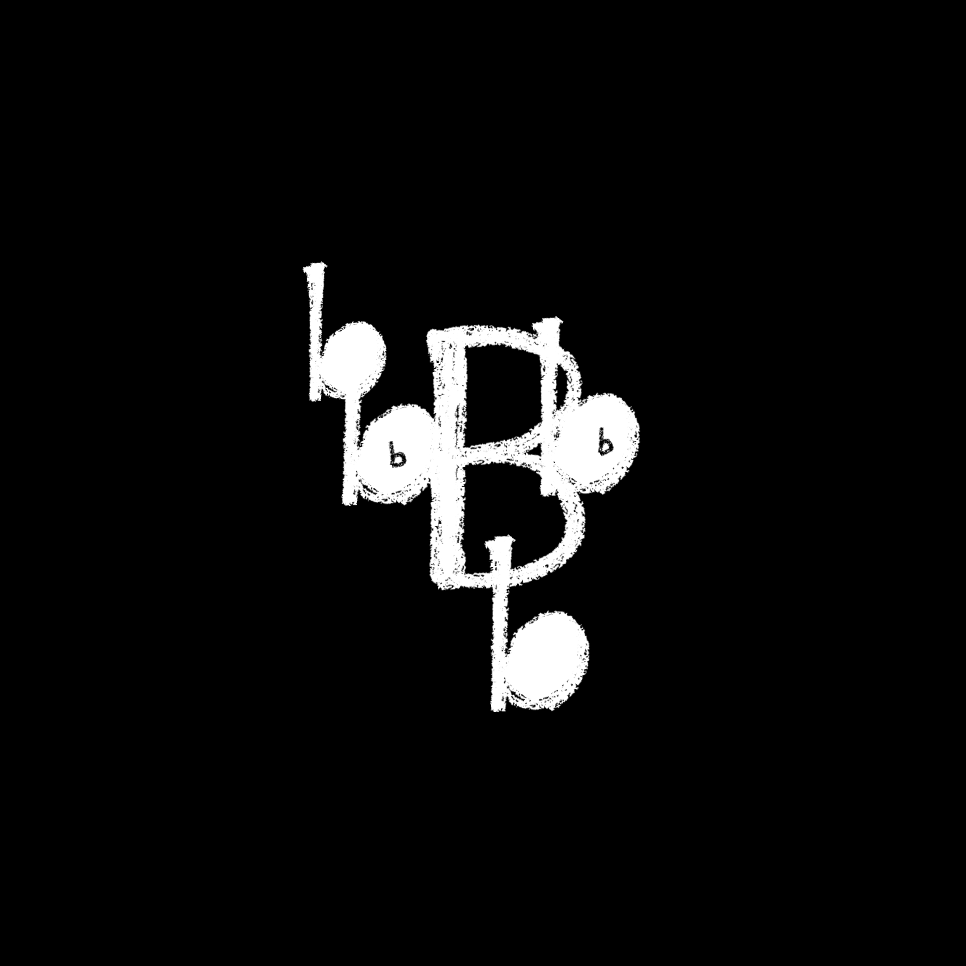
The Word was in the beginning but it is made of letters.Prompt #40—giovanni singleton

Write in NaturePrompt #39—Oogie Push
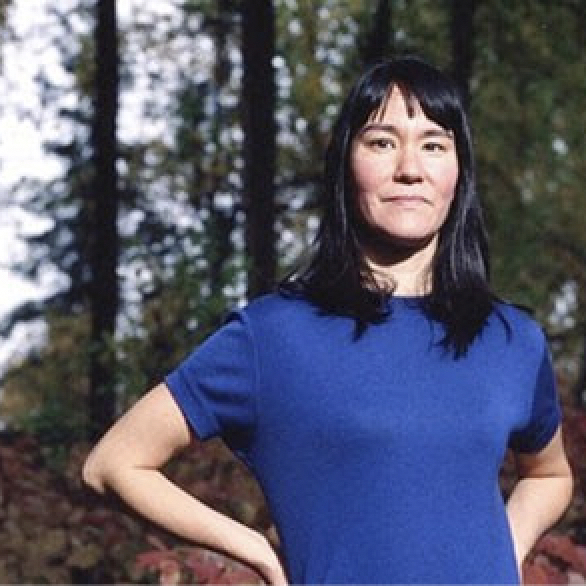
Real FoodPrompt #38—Joan Kane
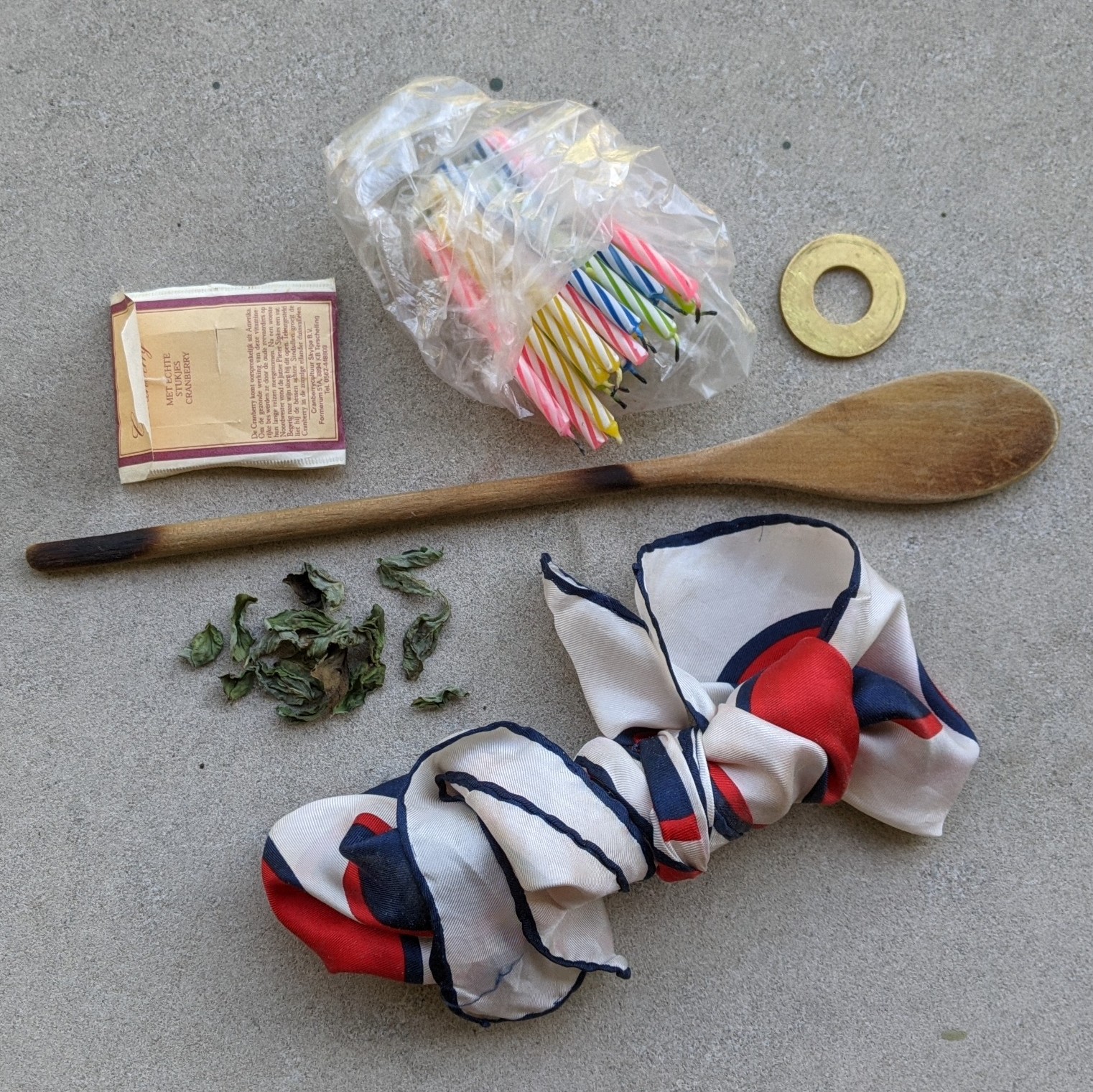
You Don't Need Proust to Smell GoodPrompt #37—Elizabeth Hoover
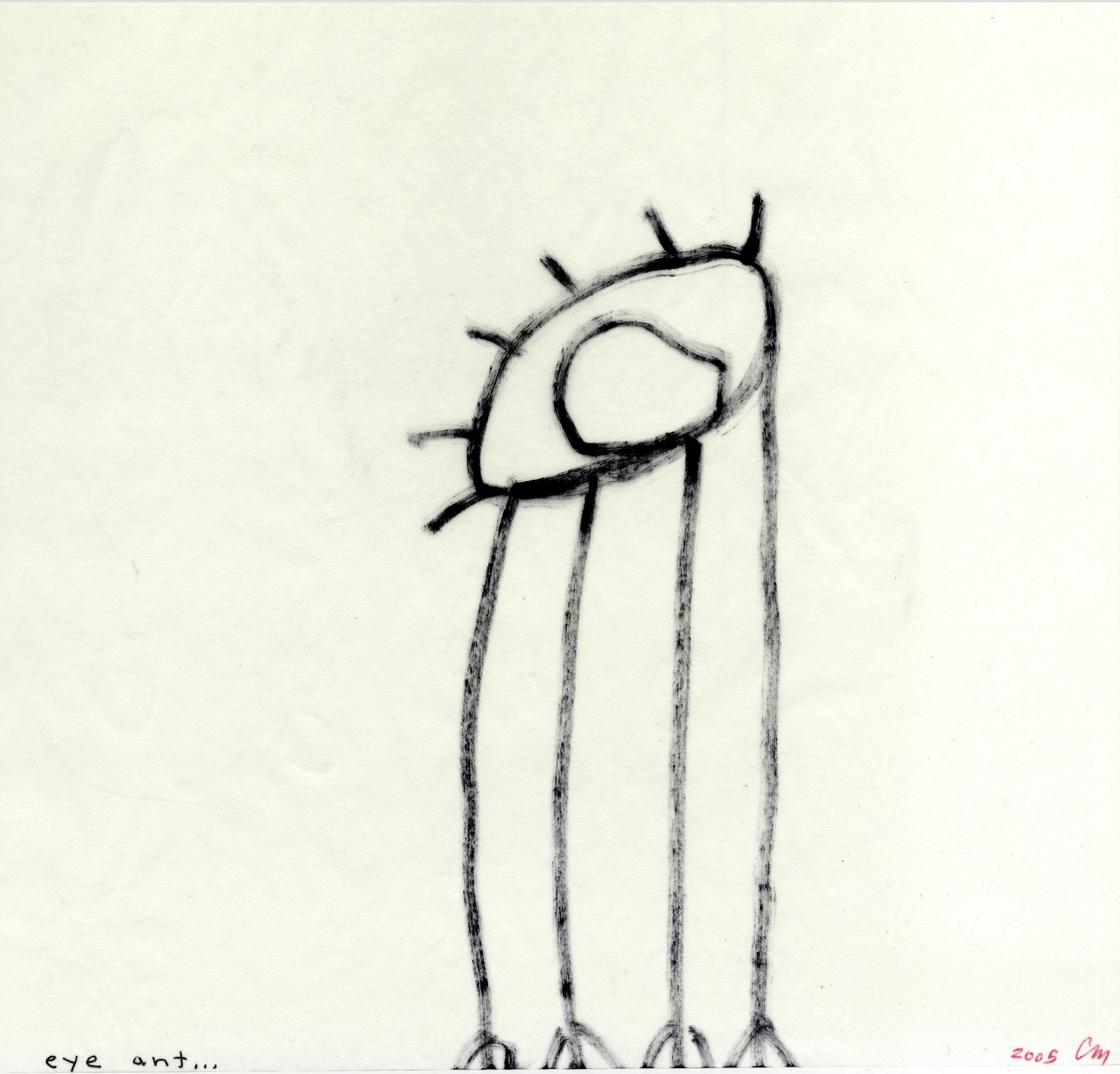
Find Your Own FormPrompt #36—Sawako Nakayasu

Tarot Recall: A Visionary Exercise for the PresentPrompt #35—Laurence Ross

Queers in Love at the End of the WorldPrompt #34—CJ Scruton
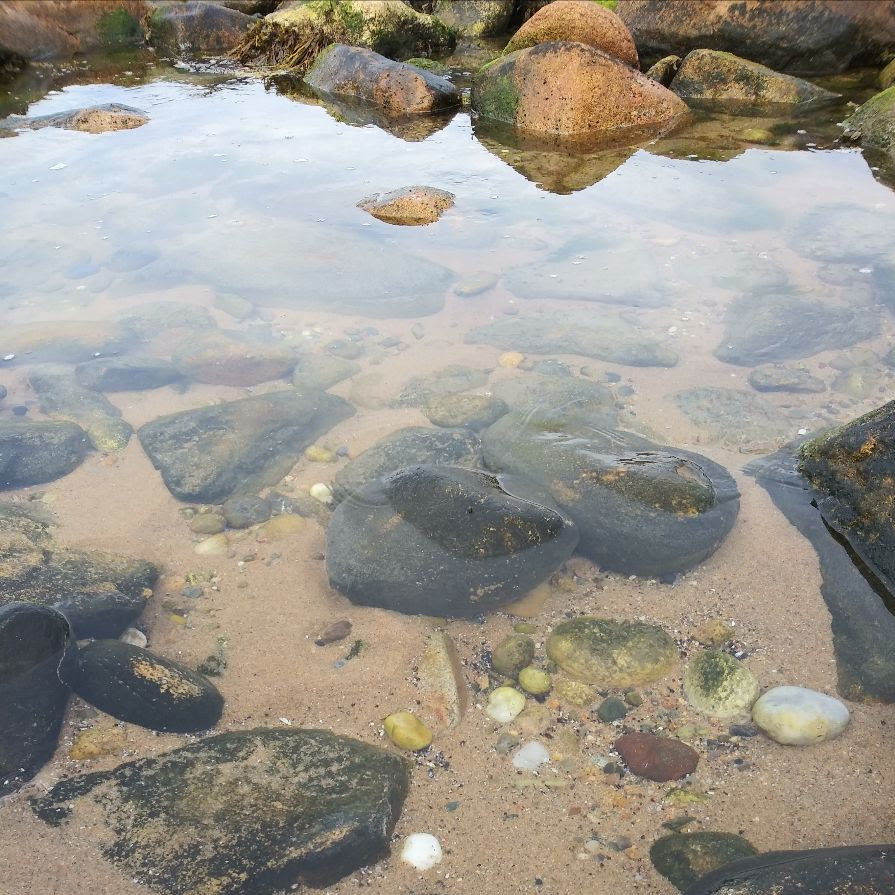
WORKBOOK FOR CHANGE: TWO PROMPTSPrompt #33—Kate Schapira
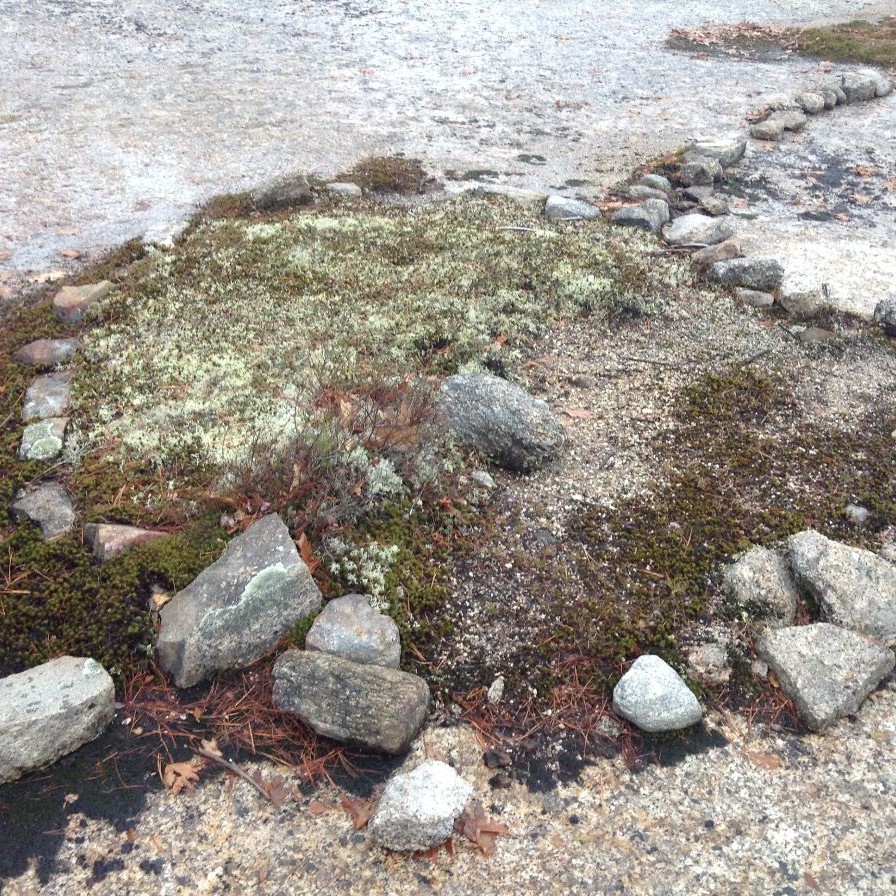
Preparation for the PromptPrompt #32—Lisa Fishman

Collage Your Own Writing PromptPrompt #31—Helen Hofling
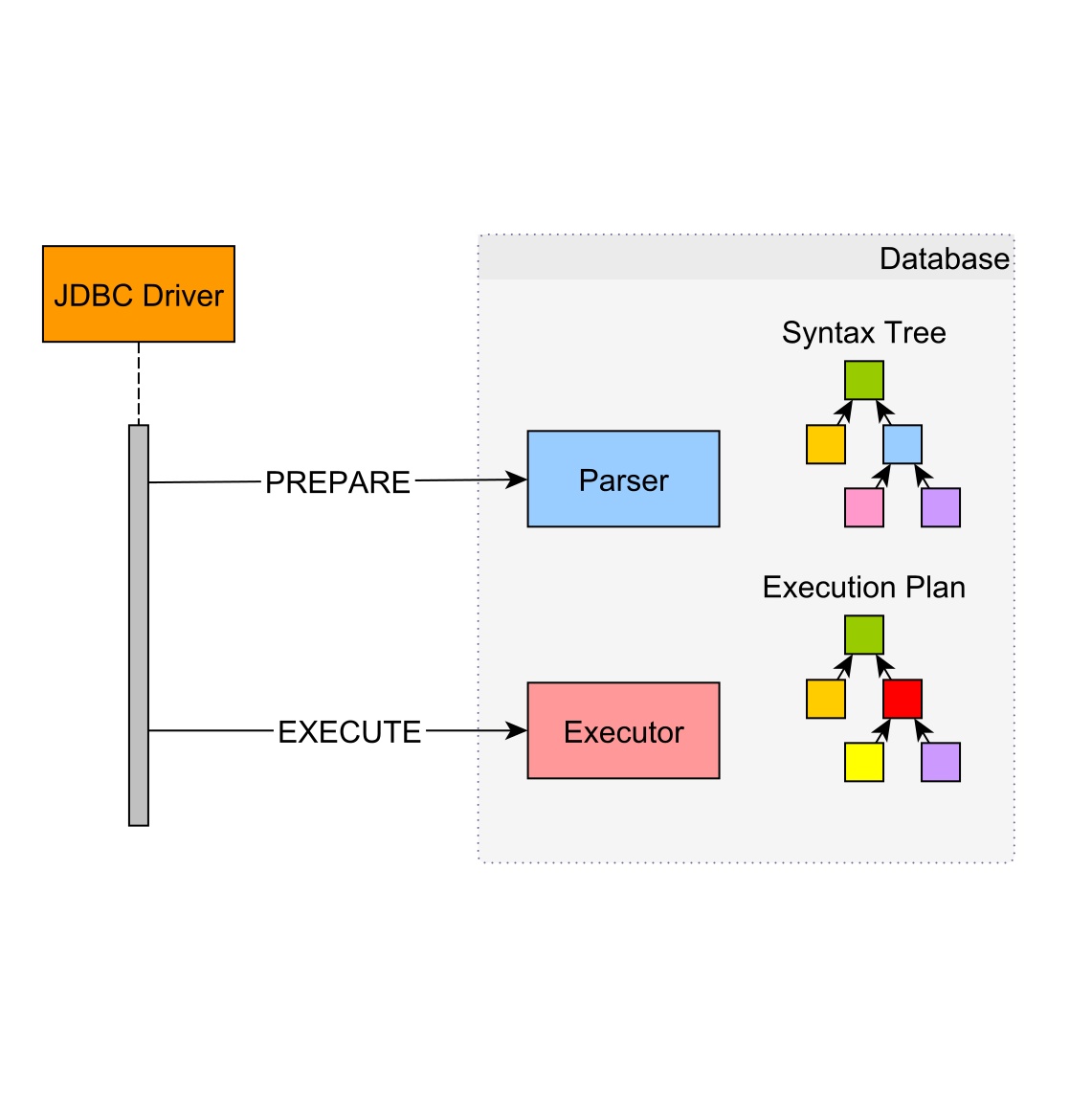
Prepared StatementPrompt #30—Mike Hauser
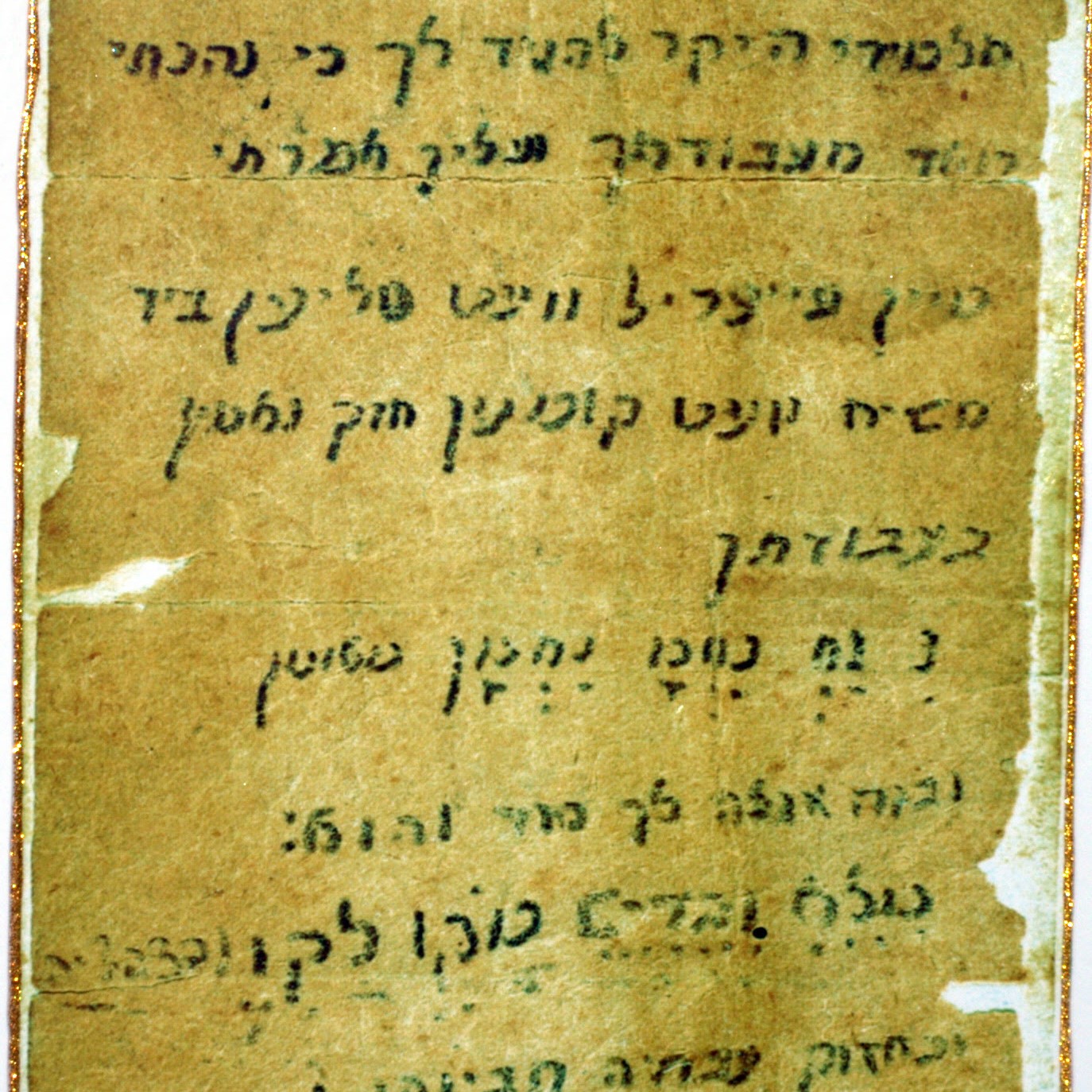
Repeat Repeat WritePrompt #29— Lewis Freedman
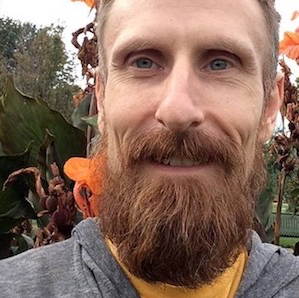
Poetic CorrespondencePrompt #28—Eric Baus

EKPHRASIS YOURSELFPrompt #27—Jennifer Nelson
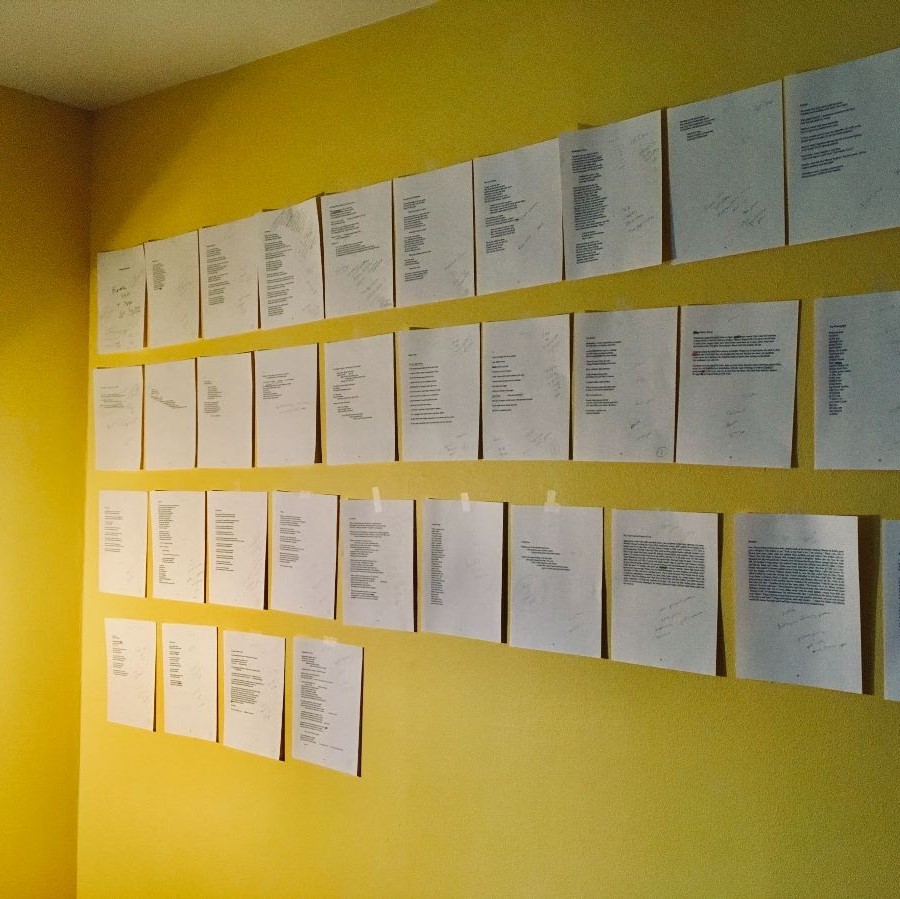
POETRY IS FOR THE PEOPLEPrompt #26—Angela Trudell Vasquez
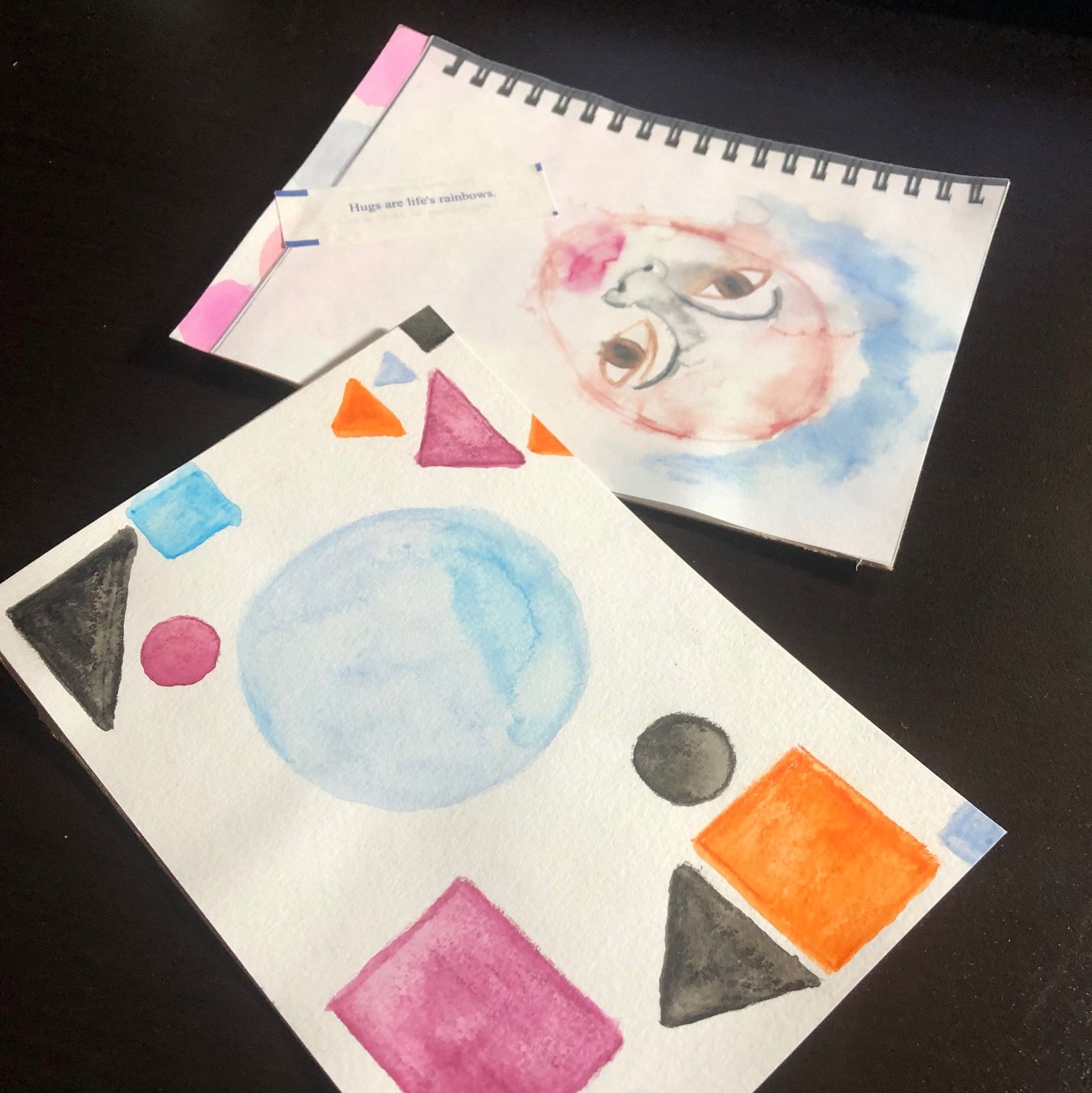
MAIL ARTPrompt #25—Siwar Masannat
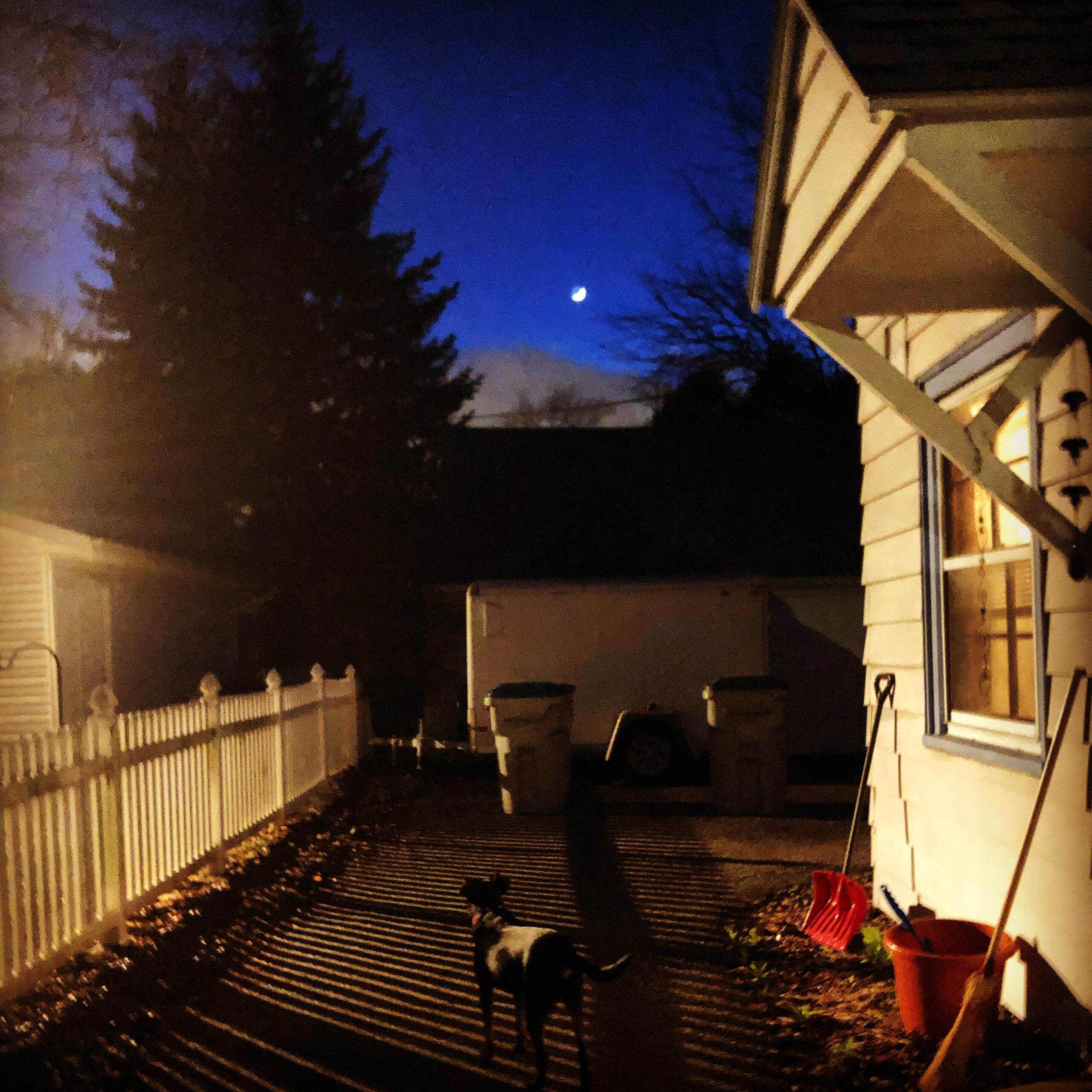
VISUAL POSTCARDSPrompt #24—Portia Cobb
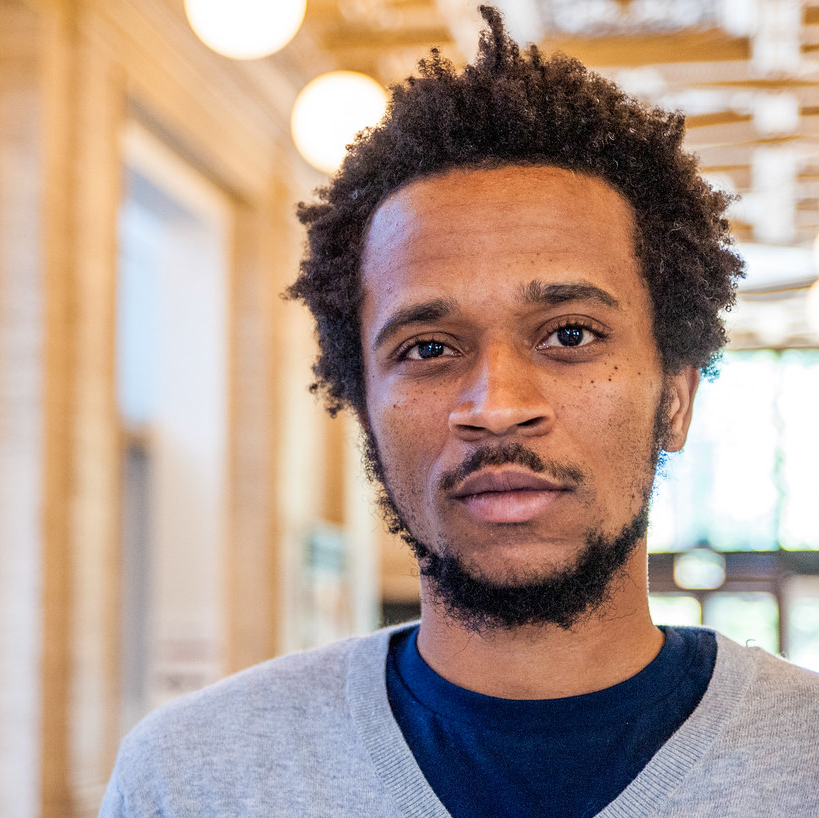
A [LONGER-TERM] DEEP LISTENING PROMPTPrompt #23—Jibade-Khalil Huffman

Humor as Medicine for the SoulPrompt #22—Mauricio Kilwein Guevara

Personification: A Social Justice PromptPrompt #21—Derrick Harriell

Ponge ExercisePrompt #20—Tyrone Williams

Occult DocupoesisPrompt #19—Kimberly Alidio
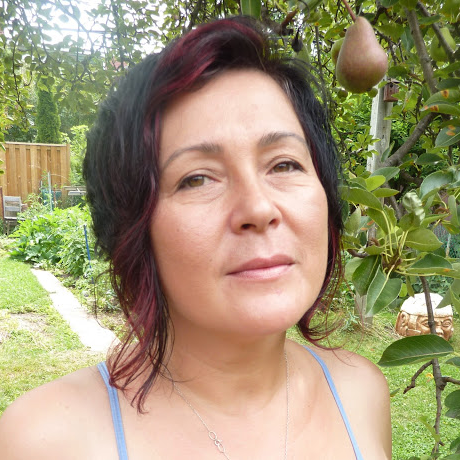
Junk Drawer SongPrompt #18—Hoa Nguyen

TALK TO THE POETSPrompt #17—Stacy Szymaszek
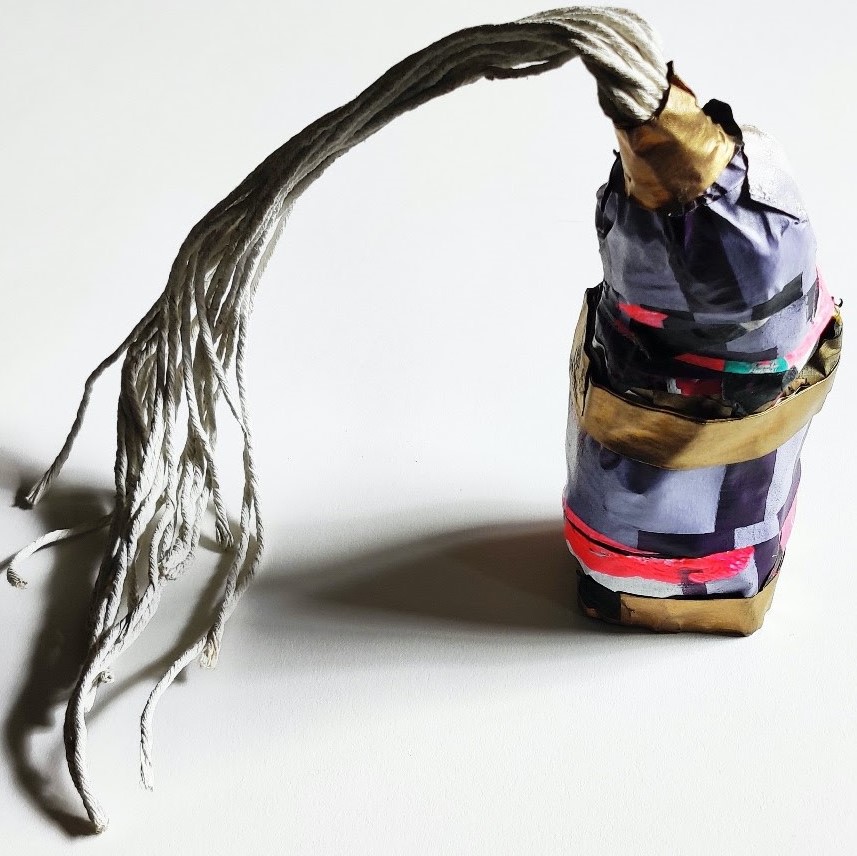
Make-Do Origin Stories & Concrete FuturesPrompt #16—Ching-In Chen
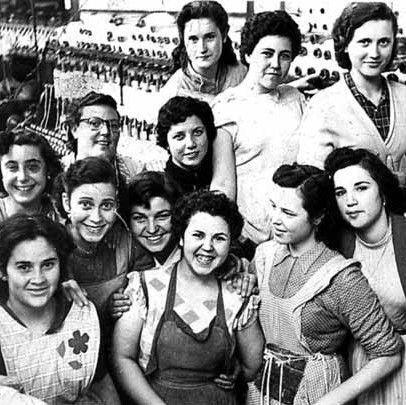
The Family PhotographPrompt #15—Rosa Alcalá
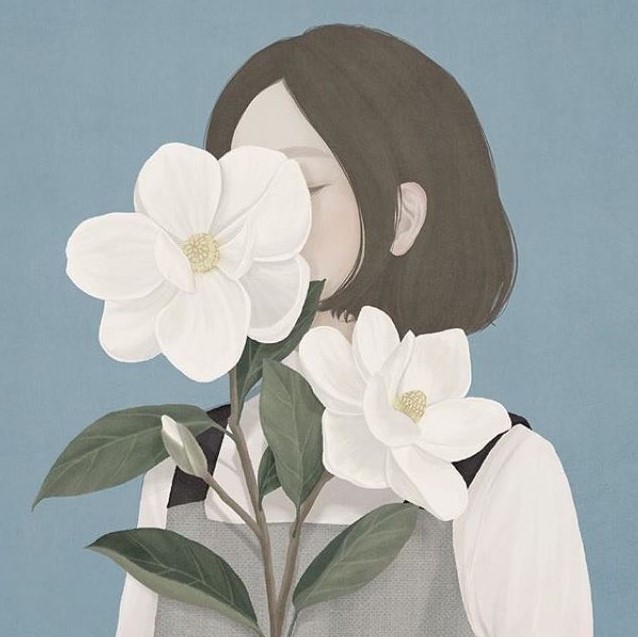
Writing Advice for Your Younger SelfPrompt #14—E.J. Koh
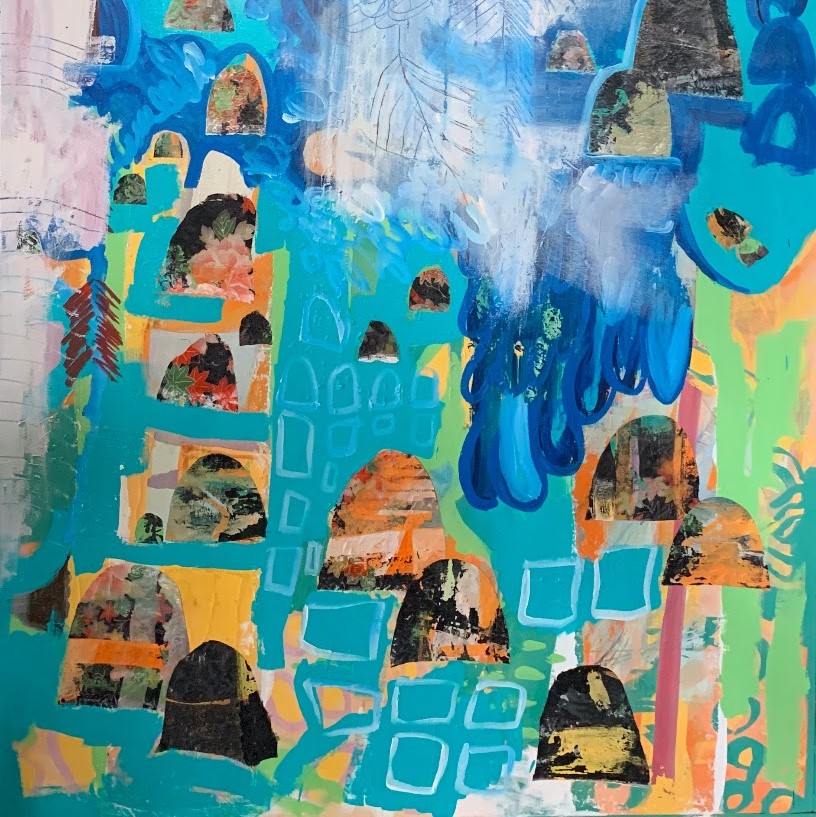
Note(s) to SelfPrompt #13—Stacy Blint
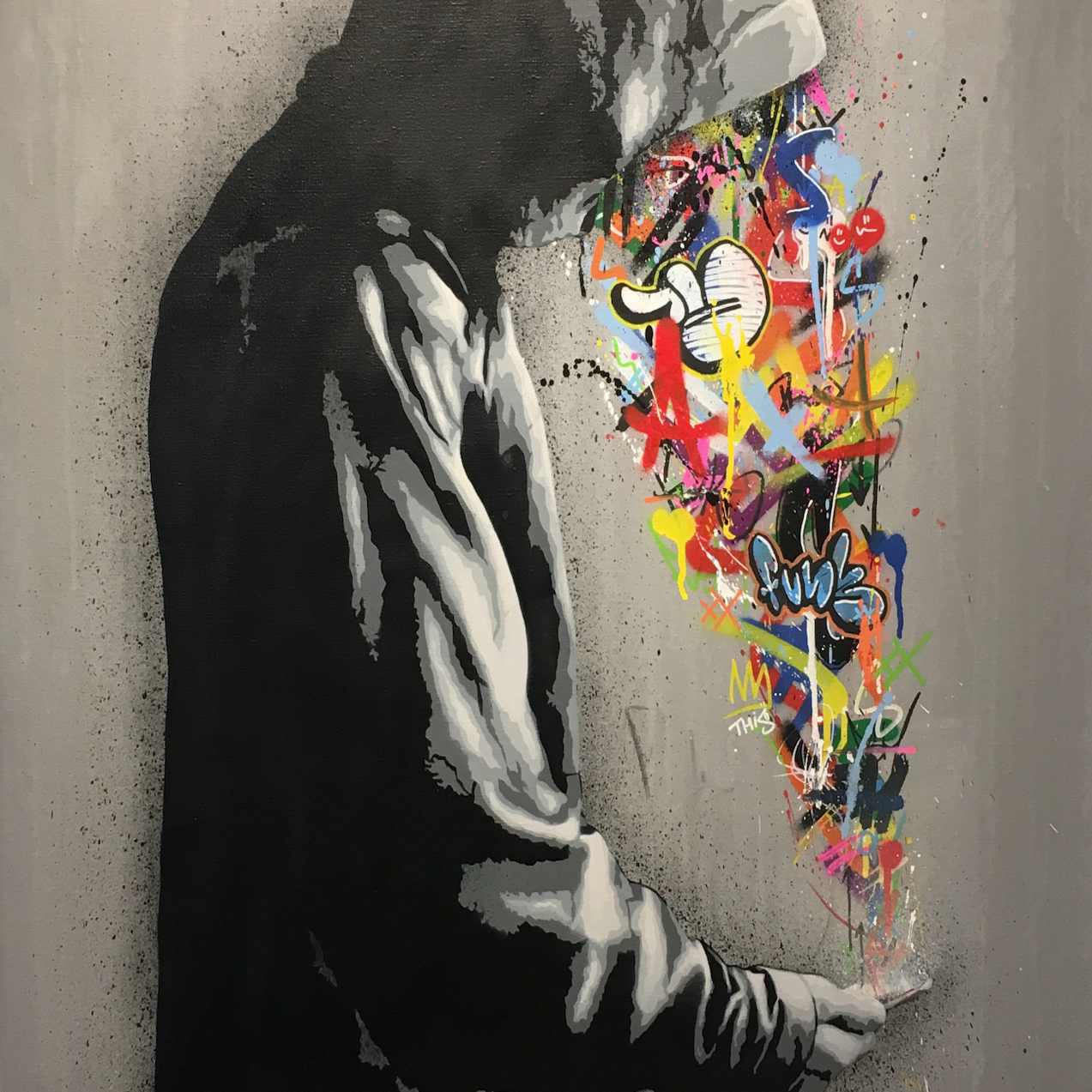
Embracing ConfusionPrompt #12—Bryon Cherry
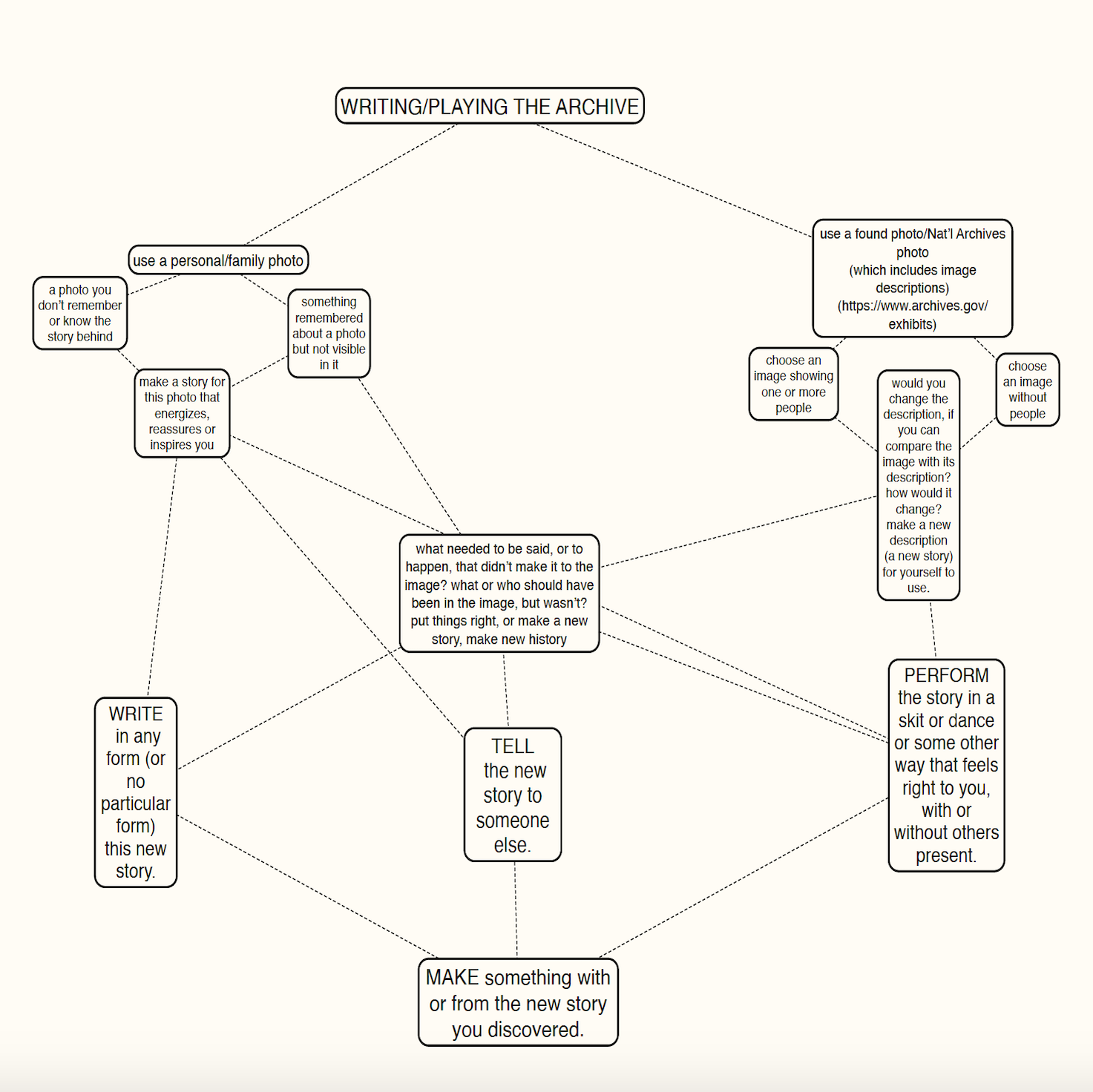
Writing/Playing the ArchivePrompt #11—Jay Besemer

CAPTURED & FREEDPrompt #10—Dasha Kelly Hamilton
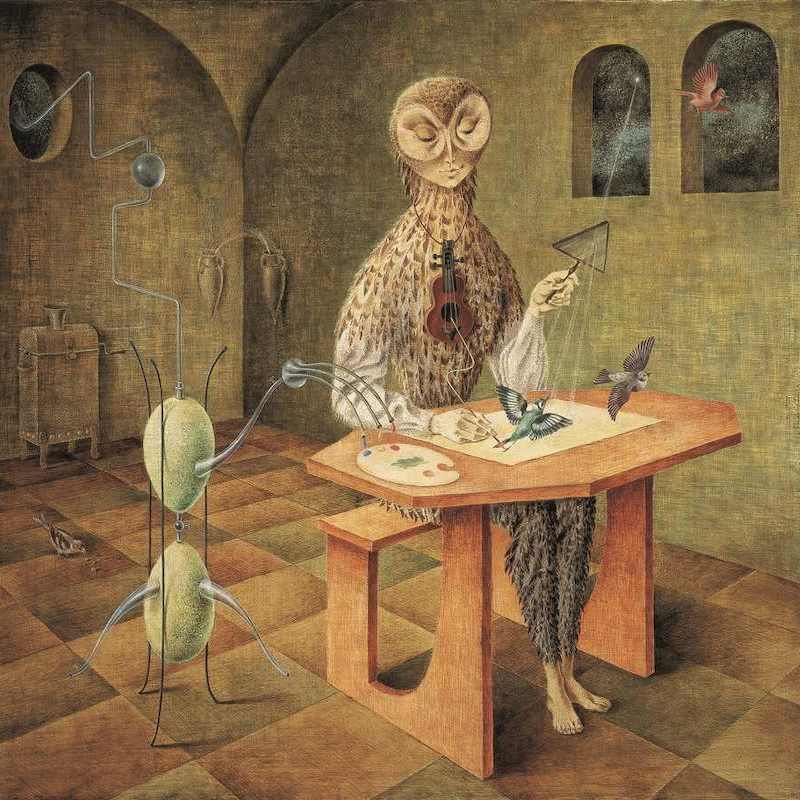
Poetic Exit StrategiesPrompt #9—Ana Božičević

Proyecto ConbífPrompt #8—Erick "CK" Ledesma
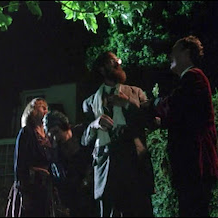
TRILOGYPrompt #6—CA Conrad

Utopian CompromisePrompt #7—Paul Druecke

A Series of RoomsPrompt #5—Laura Solomon
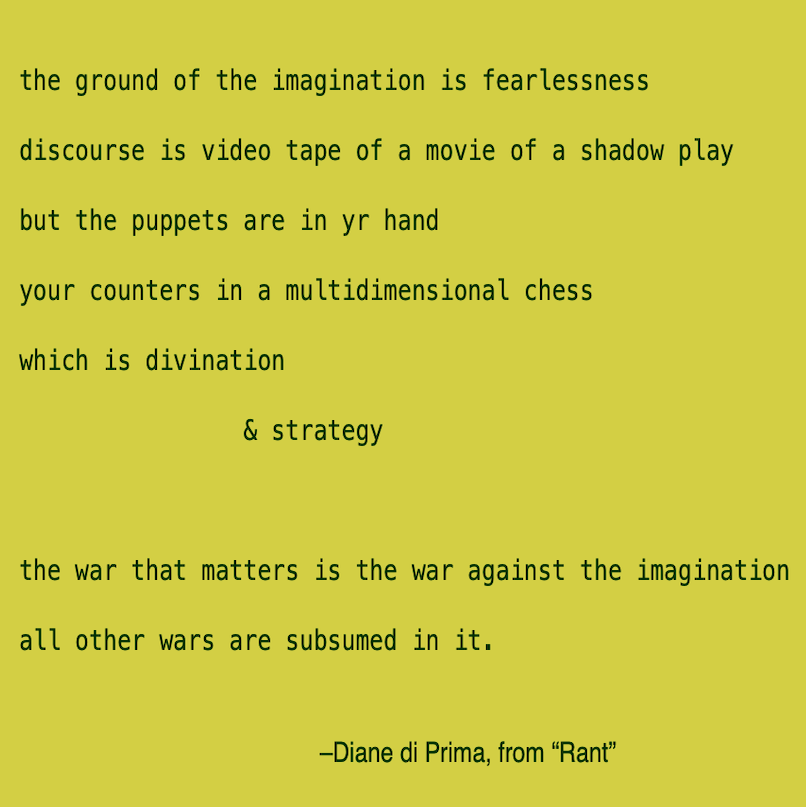
Two Variations on N+7Prompt #4—Jenny Gropp
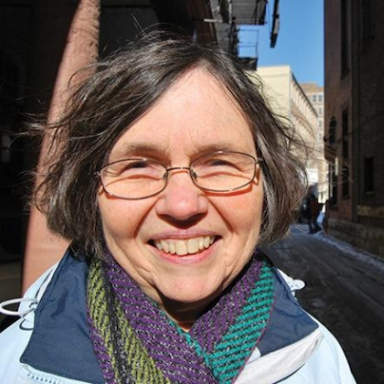
T H E A P A R T / TOGETHERPOEMPrompt #3—Margaret Rozga
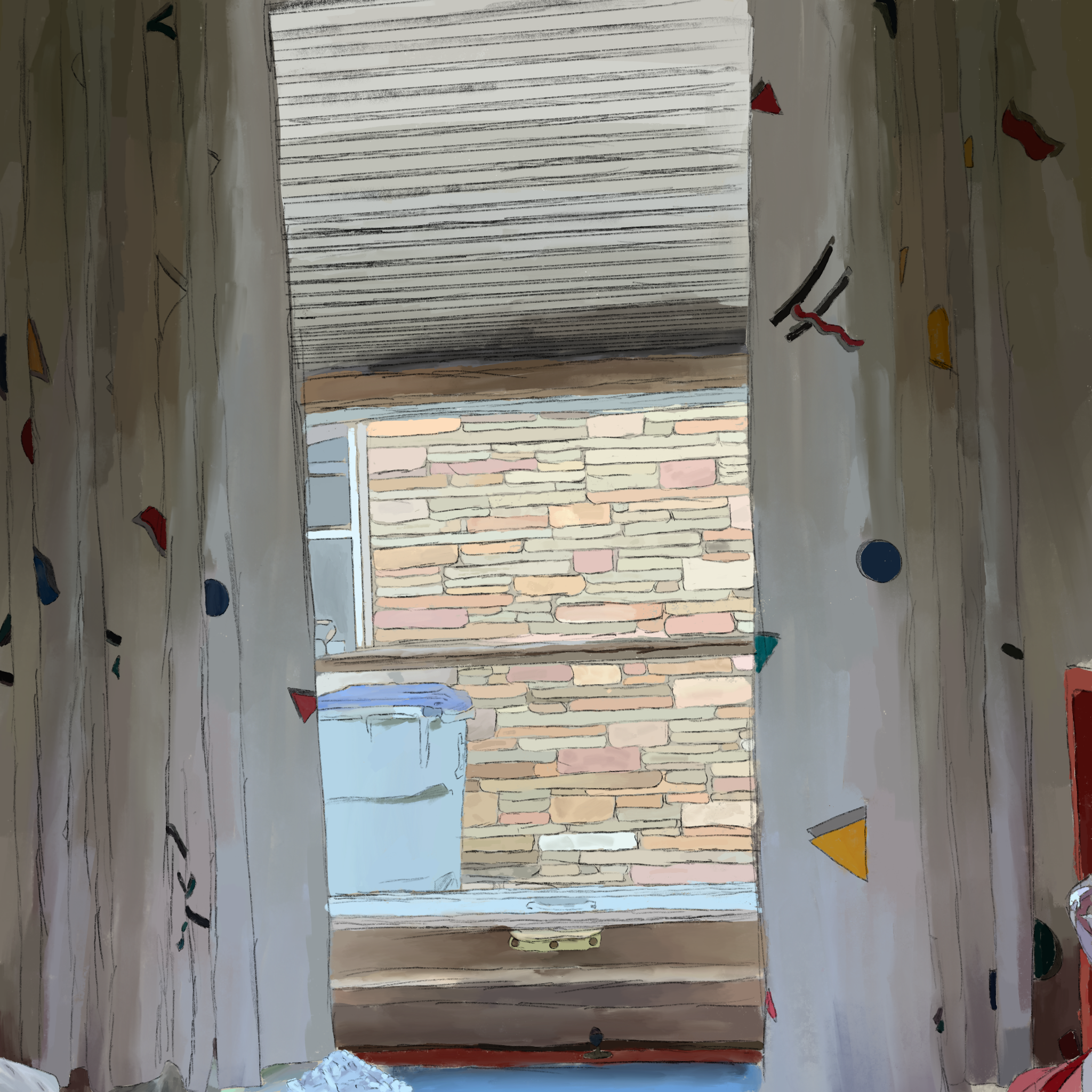
An Exercise in WindowsPrompt #2—Marla Sanvick
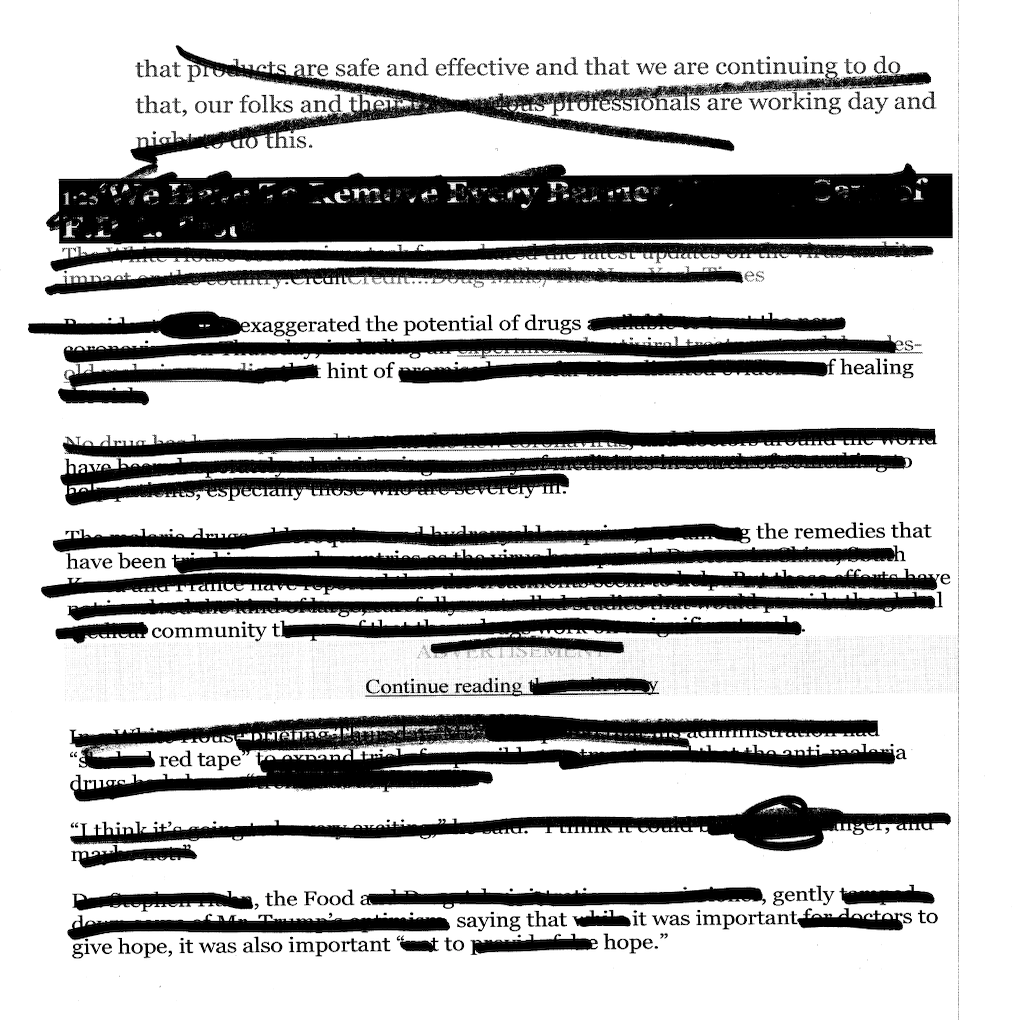
Erasuring AnxietyPrompt #1—Peter Burzynski
We acknowledge that in Milwaukee we live and work on traditional Potawatomi, Ho-Chunk, and Menominee homelands along the southwest shores of Michigami, part of North America’s largest system of freshwater lakes, where the Milwaukee, Menominee, and Kinnickinnic rivers meet and the people of Wisconsin’s sovereign Anishinaabe, Ho-Chunk, Menominee, Oneida, and Mohican nations remain present.
We further acknowledge the grave evil colonialism introduced to these lands through genocide as well as slavery, and also via racist and xenophobic beliefs, laws, and practices that continue to inflict harm upon Black, brown, and Indigenous lives. We honor those who have lived—and do live, now—at these intersections of identity and experience, and are committed to the active dismantling of white supremacy.
720 E. Locust Street
Milwaukee, WI 53212
Phone: 414 263 5001
Hours: Tues–Sun | 12-7 pm
Closed Mon
Building Accessibility: Despite the age of our physical location, and attendant limitations to access, Woodland Pattern is committed to making its programs and facilities available for as many as possible. Please call for more information.
Events Accessibility: Woodland Pattern is able to offer captioning services for its online events and with advanced notice can provide ASL interpretation for live events. Please contact us with accommodation requests and questions.
© Woodland Pattern 2025
